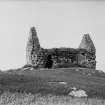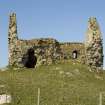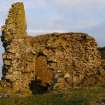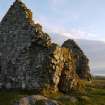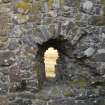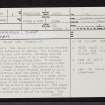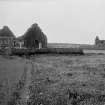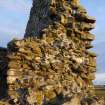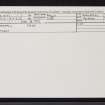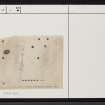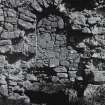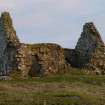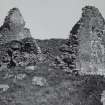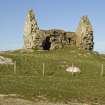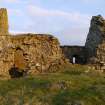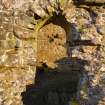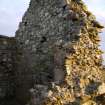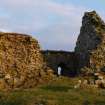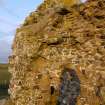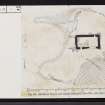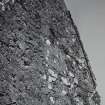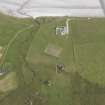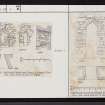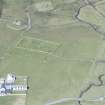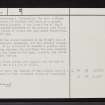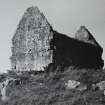Scheduled Maintenance
Please be advised that this website will undergo scheduled maintenance on the following dates: •
Tuesday 3rd December 11:00-15:00
During these times, some services may be temporarily unavailable. We apologise for any inconvenience this may cause.
Tiree, Kirkapol
Chapel (Medieval)
Site Name Tiree, Kirkapol
Classification Chapel (Medieval)
Alternative Name(s) Kirkapoll; St Peters
Canmore ID 21502
Site Number NM04NW 1
NGR NM 04208 47355
Datum OSGB36 - NGR
Permalink http://canmore.org.uk/site/21502
- Council Argyll And Bute
- Parish Tiree
- Former Region Strathclyde
- Former District Argyll And Bute
- Former County Argyll
NM04NW 1 04232 47374.
(NM 0421 4735) Chapel (NR) (remains of)
OS 1:10,000 map, (1976)
Not to be confused with Kirkapol, old parish church (NM 0423 4726), for which see NM04NW 2.
Chapel, Kirkapoll: This chapel or oratory has no recorded history, and its dedication is unknown. Now roofless, its walls are for the most part entire. Standing upon the uneven surface of natural rock, it is a small single- chambered building of simple oblong plan. It measures 7.1m in length from E to W by 3.4m transversely within walls 0.8 m in average thickness. The gables and the N side-wall still stand to their original heights of 5.5m and 2.7m respectively above the general level of the interior. The N wall is founded partly on a rough plinth and traces of harling may be seen on the external walls. The wasted remains of the entrance-doorway occupy a position towards the W end of the S side-wall. The chapel was lit by two small single-light windows placed opposite to one another towards the E end of the building. Internally, the wall surfaces still retain traces of plaster, and there is a square socket of uncertain purpose in the inner face of the E gable-wall. Limited clearance of the natural rock floor of the chapel failed to reveal the cup-shaped depressions recorded in 1921 (L M Mann 1922).
This chapel and the church recorded on NM04NW 2 are of similar architectural character, and are probably closely contemporary. It is difficult to ascribe a precise date to the surviving remains; the buildings can more probably be ascribed to the later Middle Ages, possibly the latter half of the 14th century.
A flint flake, found within this chapel, was donated to the National Museum of Antiquities of Scotland (NMAS) by the RCAHMS in 1973-4.
RCAHMS 1980, visited 1973; L M Mann 1922; Proc Soc Antiq Scot 1975.
When visited in 1972, the remains of this chapel were in a similar condition to that described above; no 'cup-marks' were seen.
Visited by OS (R D) 23 June 1972.






































